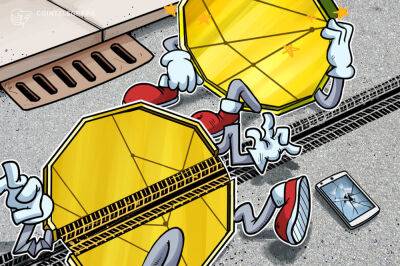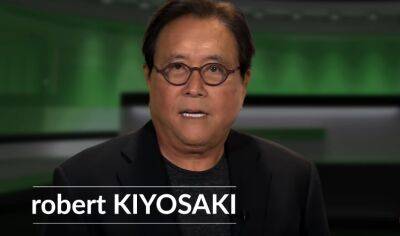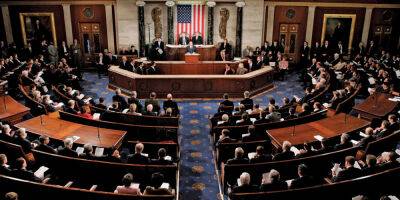Why publishing proof-of-reserves paints only half the picture of a crypto exchange’s health
In the aftermath of the collapse of FTX, renewed calls have been heard for a more stringent disclosure mechanism to be adopted by cryptocurrency exchanges.
Such a system would assuage investor concerns and provide a regular update on the exchanges’ health to the larger crypto community, the reasoning goes.
The most advocated measure has been the periodic publishing of the proof of reserves, providing an indication of the standalone asset value of a crypto exchange.
However, this still doesn’t address the solvency issue that was ostensibly the reason for the FTX debacle and mandates a more holistic approach to arrive at an understanding of the true financial health of a crypto exchange.
Founded by billionaire Sam Bankman-Fried, the FTX was a cryptocurrency exchange whose unique selling point was derivatives trading in cryptocurrencies. The exchange offered products including futures, options, volatility products and leveraged tokens. It claimed to be “built by traders, for traders.”
Bahamas-based FTX filed for bankruptcy on Friday after a rash of customer withdrawals earlier in the week. A rescue deal with rival exchange Binance fell through, triggering the crypto world's biggest collapse in recent years.
Transparency concerns
Understanding the fact that FTX’s troubles stemmed from the misuse of its native crypto token FTT to fund its founder’s trading firm points us in the direction that crypto exchanges need to take to avoid trust concerns.
Employing a Proof of Reserves audit is the foremost step that needs to be enforced to prevent double-spending or financial misappropriation.
Explaining how this mechanism works, Johnny Lyu, CEO of crypto exchange KuCoin, said: “I think the lesson we learned from the FTX drama is that the
Read more on moneycontrol.com

 moneycontrol.com
moneycontrol.com



















